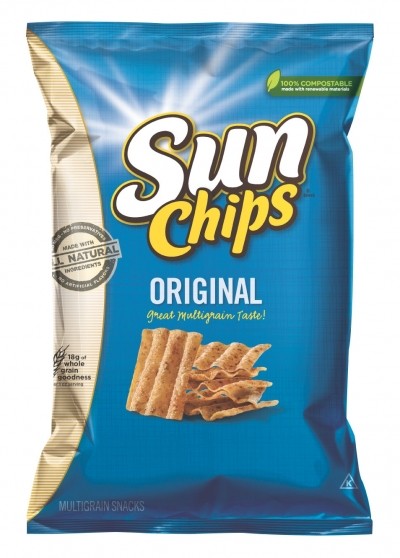“Green” plastics promise optimised performance in food packaging
US-based Teknor Apex says its Terraloy BP-39070 series will be used in applications where sustainability and compostability are key considerations.
Edwin Tam, manager of new strategic initiatives for the company’s Bioplastics Division, told FoodProductionDaily: “Not surprisingly, bioplastics tend to be more expensive than traditional petroleum-based plastics such as polyethylene, polypropylene, and polystyrene.
Nevertheless, manufacturers of packaging, food service, and other products are attracted to bioplastics as a key to green initiatives,”
In addition, while bioplastic tonnage is small relative to these standard plastics, they are undergoing double-digit growth - a trend that we expect will continue.”
Extrusion and thermoforming
The enhanced-PLA compounds for extrusion and thermoforming have a bio-based content level of around 90 per cent and are biodegradable. They meet FDA requirement for food-contact applications.
Teknor Apex also expects the new compounds to meet ASTM specification D-6400 and qualify for Biodegradable Products Institute certification for composting, according to Tam.
Heat distortion temperature
The latest breakthrough involves formulating the PLA-based compounds in a way that overcomes a trade-off with standard PLA between the heat distortion temperature (HDT) and Izod impact strength of the resulting material, said Teknor Apex.
The range exhibits up to two times the HDT and more than four times the impact strength of standard PLA resins, continued the supplier. Previous work to enhance PLA performance beyond standard levels had generated resins with either higher HDT or greater impact strength-but not both together.
"Teknor Apex has optimized Terraloy BP-39070 for extrusion and thermoforming, building in greater melt strength than is available with standard PLA and providing for a faster crystallization rate," says Tam.
"As a result, we expect users of these compounds to achieve higher throughputs in extrusion and benefit from a broader processing window in thermoforming than standard PLA."
In microwavable take-away containers, Terraloy BP-39070 compounds would replace pulped fibre as well as polypropylene. As a replacement for polystyrene in lids for hot drinks, the compounds would be used with cups that are also compostable.
In property tests, a typical grade in the new series offers an HDT of 100 ºC and Izod impact strength of 69 J/m. By comparison, approximate values for standard extrusion-grade PLA are 55 ºC and 16 J/m.
The announcement of the new formulations for extrusion and thermoforming follows Teknor Apex’s recent introduction of Terraloy enhanced-PLA products for injection moulding.








